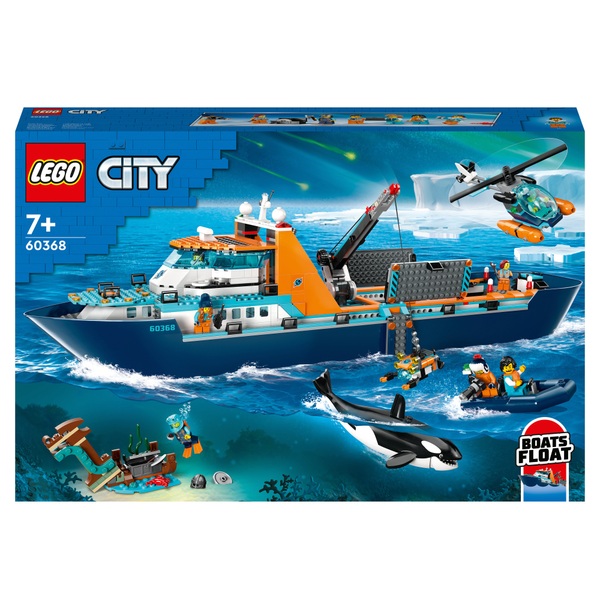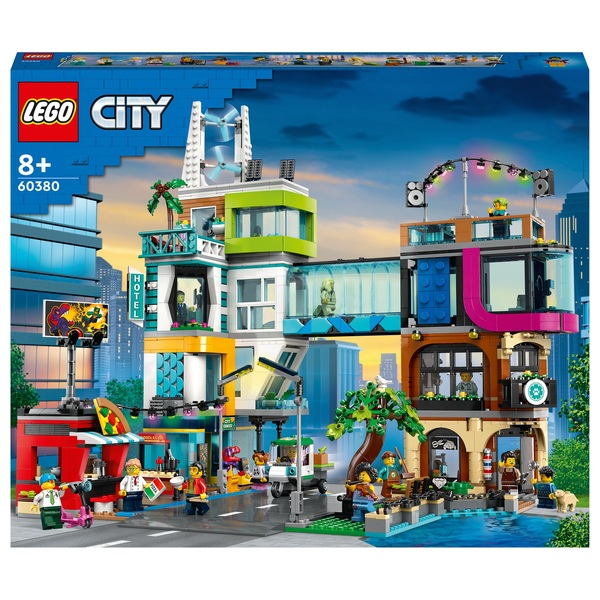In a world driven by technology and rapid innovation, there exists a timeless toy that has managed to capture the hearts and minds of generations: LEGO. With its simple yet versatile interlocking bricks, LEGO has transcended the boundaries of traditional play, becoming a global cultural phenomenon that continues to captivate both young and old alike. The appeal of LEGO lies not only in its ability to create physical structures, but also in its capacity to foster creativity, problem-solving skills, and even therapeutic benefits.
The story of LEGO dates back to the early 20th century when Ole Kirk Christiansen, a Danish carpenter, began producing wooden toys. The name “LEGO” is derived from the Danish phrase “leg godt,” which translates to “play well.” It wasn’t until 1958 that the modern interlocking plastic brick design we know today was patented, setting the stage for LEGO’s meteoric rise to prominence.
At its core, LEGO is a creative medium that empowers individuals to construct and deconstruct their ideas. The beauty of LEGO lies in its simplicity: the bricks fit together seamlessly, allowing builders to turn their imagination into tangible creations. Whether it’s a towering castle, a futuristic spaceship, or an intricate cityscape, LEGO provides a canvas for limitless possibilities.

The act of building with LEGO encourages problem-solving skills and critical thinking. As builders work through the challenges of structural integrity, design aesthetics, and functional mechanics, they’re constantly engaging their brains to find solutions. This process enhances spatial awareness, mathematical reasoning, and the ability to think outside the box.
LEGO’s educational benefits are well-documented. In recent years, educators have increasingly recognized the value of incorporating LEGO into classrooms. The hands-on nature of building with LEGO facilitates kinesthetic learning, helping students better grasp concepts in subjects like science, technology, engineering, and mathematics (STEM).
LEGO sets designed around specific themes, such as architecture, robotics, and coding, provide a dynamic way to introduce complex concepts to learners of all ages. These sets often include motors, sensors, and programmable components that enable students to delve into engineering and computer science principles in a fun and interactive manner.
Beyond its role as a plaything or educational tool, LEGO has found unexpected applications in therapy and stress relief. The act of assembling intricate LEGO structures can have a soothing effect, allowing individuals to focus their minds and find solace in the process. In fact, some therapists incorporate LEGO-building exercises into their sessions to encourage relaxation, mindfulness, and improved concentration.

One of the most remarkable aspects of LEGO is its ability to bridge generational gaps. Parents who grew up building with LEGO bricks often find themselves sharing the experience with their children, passing down a love for creativity, craftsmanship, and shared moments. The tactile nature of LEGO brings families together, fostering communication, collaboration, and a sense of accomplishment as they bring their visions to life.
As the world becomes increasingly conscious of environmental issues, LEGO has taken significant steps toward sustainability. The company has committed to using sustainable materials in its products and packaging, with the goal of producing all of its bricks and packaging from sustainable materials by 2030. This commitment reflects LEGO’s understanding of its responsibility to the planet and its ongoing dedication to innovation.
LEGO’s enduring popularity is a testament to its universal appeal and its power to transcend age, culture, and time. From fostering creativity to promoting education and even providing therapeutic benefits, LEGO is much more than just a toy; it’s a medium for exploration, expression, and connection. As long as there are curious minds and imaginative spirits, the colorful bricks of LEGO will continue to shape the way we play, learn, and create.



